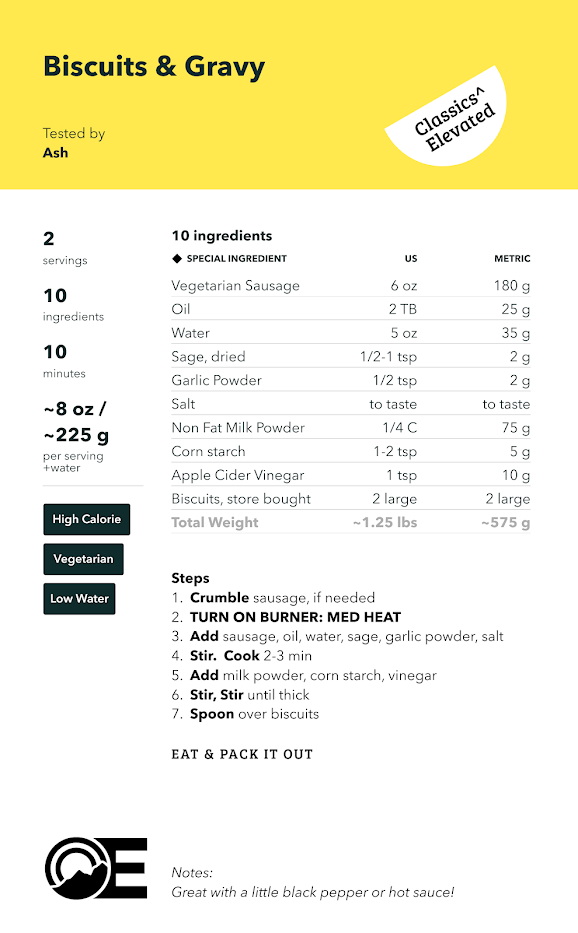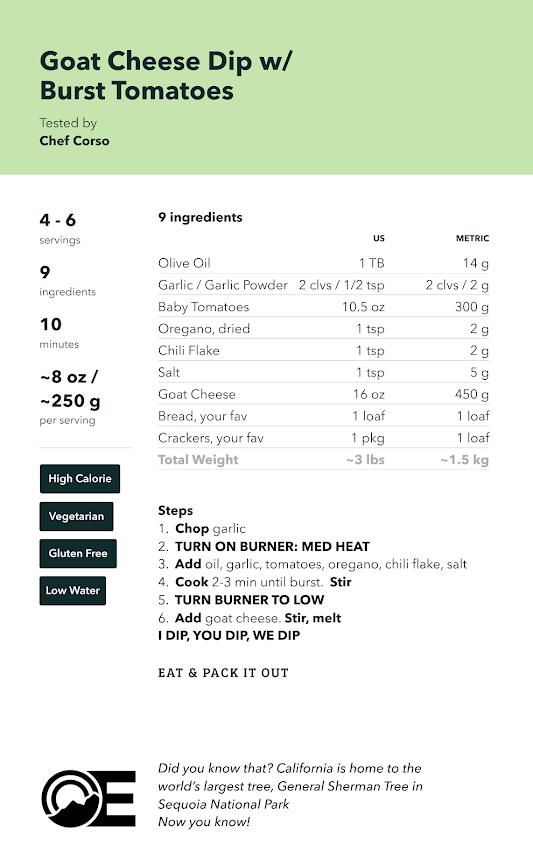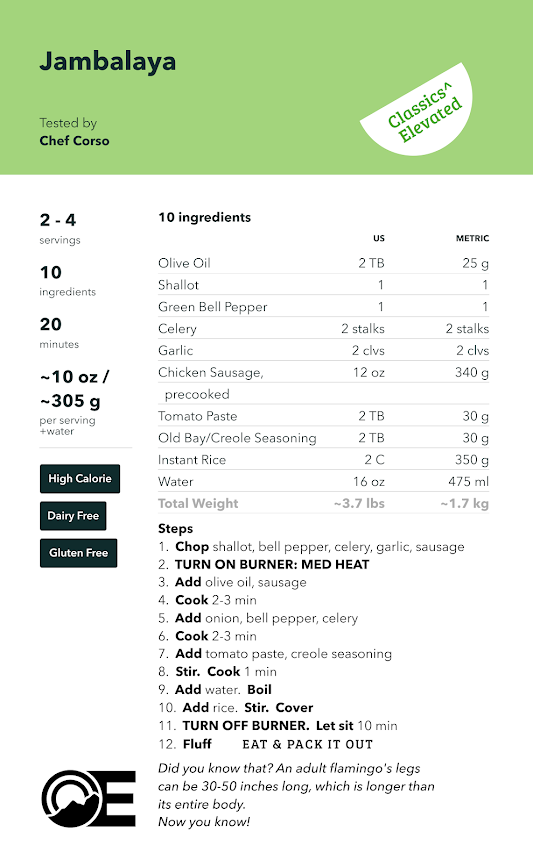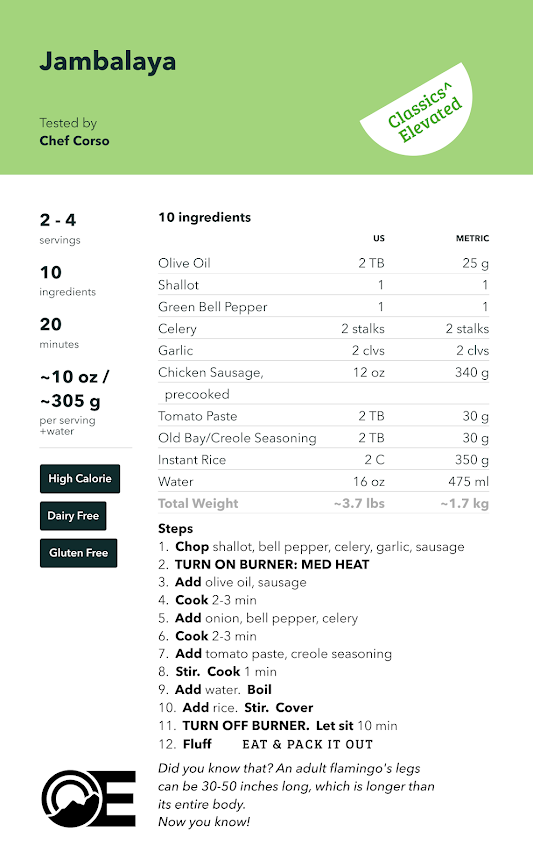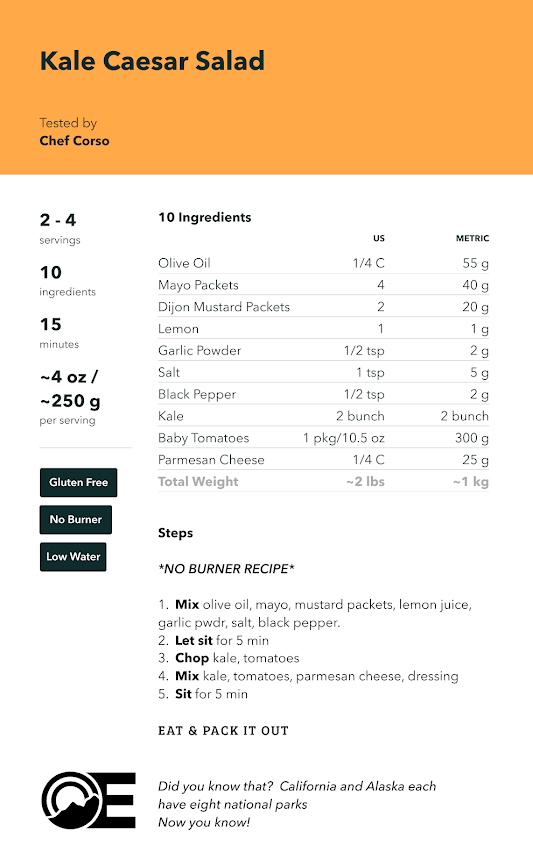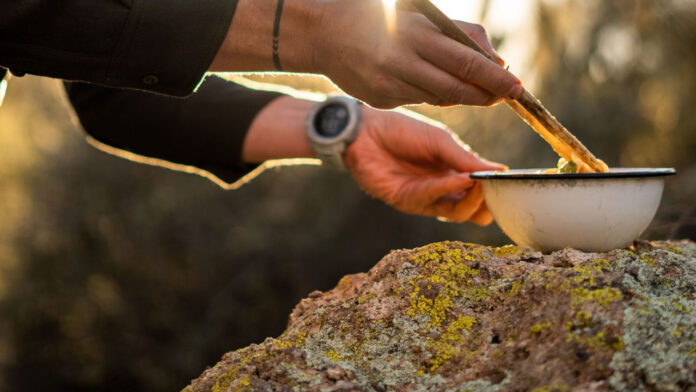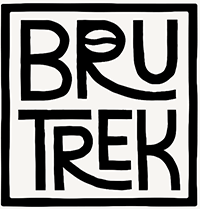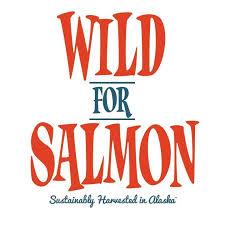As folks head out on the trail, I get a lot of questions about different ways of eating and how to accommodate a specific dietary restriction while hiking and camping. In this article, we are going to dig into Keto recipes for camping. I’ll share some of my experiences with eating this diet in 2022, some helpful ingredients to target as well as a few recipes to consider for future trips.
First off, my normal way of eating is pretty omnivore. I love vegetables, legumes, a nice mix of dairy and meat/plant based protein. When I cook, I enjoy mixing up my flavors from classic American to Mexican to Thai and beyond.
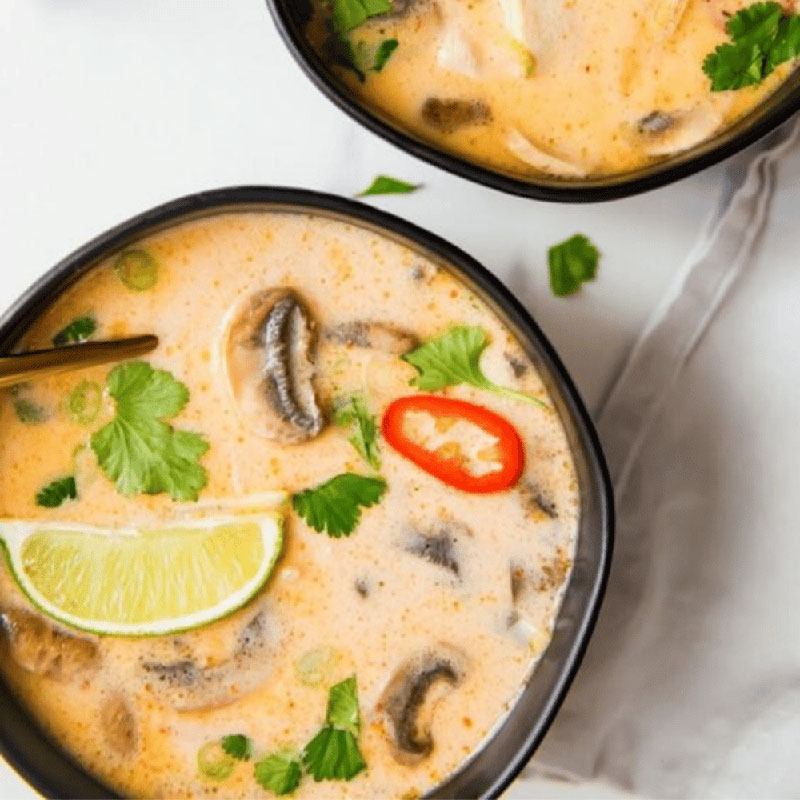
I wanted to experiment on myself in the kitchen and on the trail to see how it felt to eat keto for 3 months. And to meal plan for some hikes while on the diet. A note: I am not a nutritionist or a dietitian. I’m a curious chef that loves exploring different styles, flavors and ingredients while cooking. If you have specific needs for your diet, please be mindful of those and consult with a trained professional. If you would like more specific recommendations from a registered dietician, check out this article from Backcountry Foodie.
Keto: A Definition
For those of you out there that aren’t clear on what Keto is, here is a straight up definition:
The keto diet (also known as the ketogenic or ketovore diet) consists of high-fat, low-carbohydrate meals, snacks, and beverages. This diet encourages your body to make ketones from fat. Ketones are then used as fuel. To be keto-fueled, you generally shouldn’t eat more than 50 grams of carbohydrates daily. 75-90% of total daily calories come from fat.
How this differs from low carb eating is a majority of your calories need to come from fat, rather than just protein or other food sources. This is vastly different from much of the dietary coaching we get from the USDA or other health resources. It also goes against most cultural pantries as many have some sort of carbohydrate at their base (breads, potatoes, rice, noodles, corn, etc) and sweets whether coming directly from fruits, crafted desserts or other refined sugars.
The thinking is that once your body has digested and purged through the current carbohydrates in your body, it moves on to fats and protein. For some folks, it’s an option for weight loss that can be very effective based on your overall health or weight targets.
Also, our brains normally run on mostly carbohydrates, sugars and glucose and it seeks these calories first. When they aren’t present, they move on seeking fat or ketones for energy. Stored or newly eaten. Additionally, from a nutritional perspective the body thinks of a carb and a sugar is pretty much the same thing. It doesn’t matter if it comes from bread, a fruit, or a sugar.
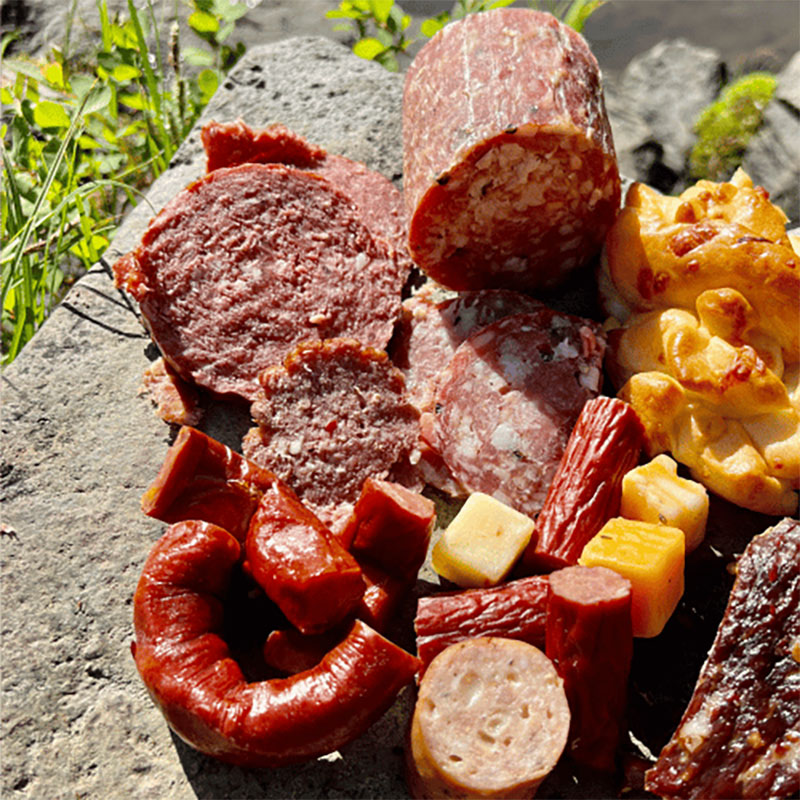
Is Keto Just About Protein?
I think one misconception about the Keto diet is that it’s all about protein. While protein is definitely important, focusing on calories from fat is the goal. It’s also very important to be mindful of your overall carbohydrate intake as many plans limit you to only a few grams per day. And many prepared or processed foods include some sneaky carbohydrates. Ketchup can have up to 5 g of carbs per 1 TB and some teriyaki sauce can have up to 10 g of carbs per 1 TB.
When I started the keto diet, I went all in. No cookies, no ketchup, no honey, no tortillas. And let me tell you it’s a very different way to eat. It really took me a few weeks to really feel ok with adding tablespoons of butter to my meals or eating 8 strips of bacon as a snack. But there were some early explorations that provided some really satisfying meals. Specifically Asian flavored soups with added fats. As well as some meat salad recipes (yes, meat can be a salad) dressed with a oil or mayonnaise based vinaigrette.
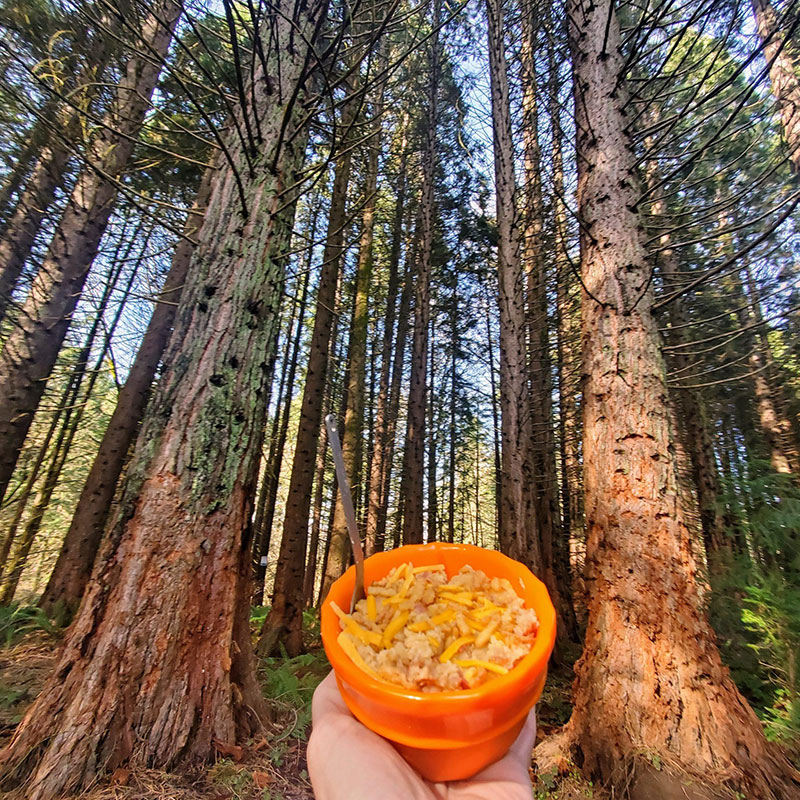
The Keto Camping Recipes Starch Benefits
Something to be mindful of as you are planning your keto camping recipes, is that so many packaged meals have starches at their base. And for good reason. They are cheap, filling, versatile and tasty. When you start to meal plan for your keto hikes, it’s important to not just plan for “piles of meal” eating just jerky and summer sausage for days on end. This will not provide sustained energy, leading to constant snacking and could affect your digestion in a negative way.
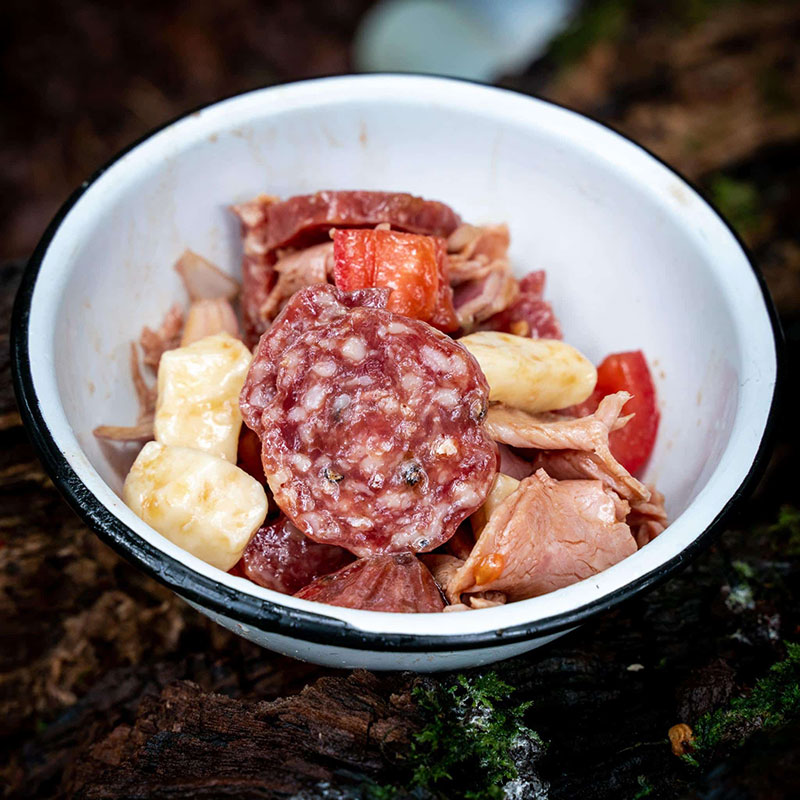
Fun fact: Fat grams are the most dense of the macronutrients coming in at 9 calories per gram. This is great for the overall weight and efficiency of your pack. Including oil and fats into your meal plan will provide you with excellent sustained energy through the day. This makes Keto camping recipes ideal for keeping healthy.
Video: Mt Rainier has the meats
For some hikers, keto trail eating just isn’t going to work. Carbs do provide a great, cheap and easy filling base for a lot of backpacking/camping meals and going high fat and protein is just too challenging.
When Not to Eat Keto
Another thing to share is that I wouldn’t recommend changing to keto right before a hike. With all of the activity on the trail and less carbs in your system, you could have very low energy and have higher intake needs. I did this one time on a volcano climb up Mt. Adams, I shifted to a low carb diet 2 days before the hike and I made it to the top, but let’s just say…I dragged.
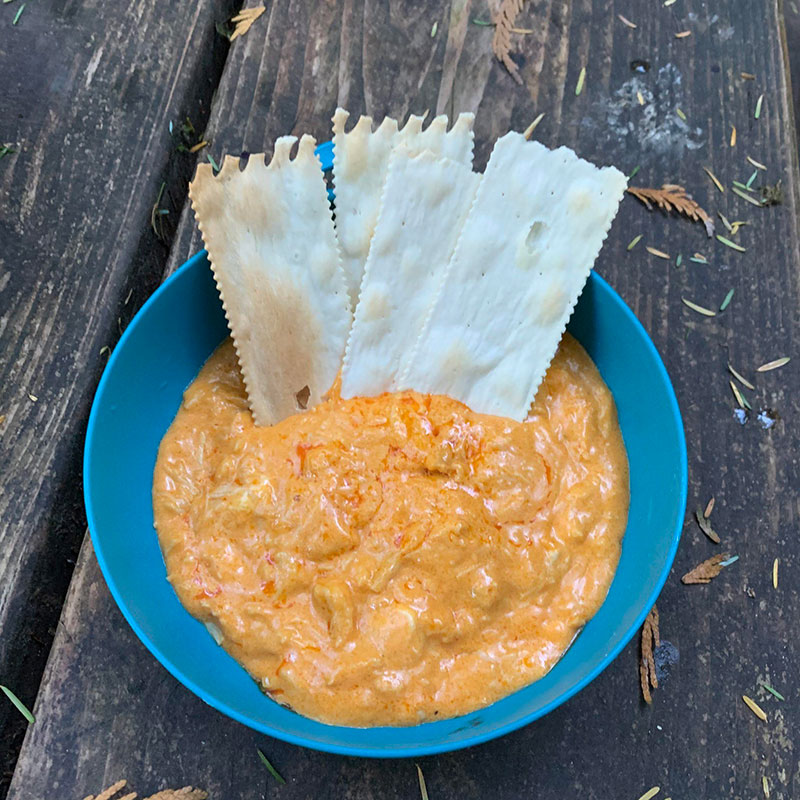
Some sauces and flavoring to stay away from on Keto are ketchup, hoisin, jam, honey, flavored yogurt (many have a lot of sugar added) some salad dressings (again, some have sugar added)
Here are some sauces and flavoring to consider:
- Chili powder
- Ginger powder
- Garlic powder
- Italian seasoning
- Other spice mixes
- Soy sauce
- Vinegars
- Hot sauces
- Thai curry paste
- Miso paste
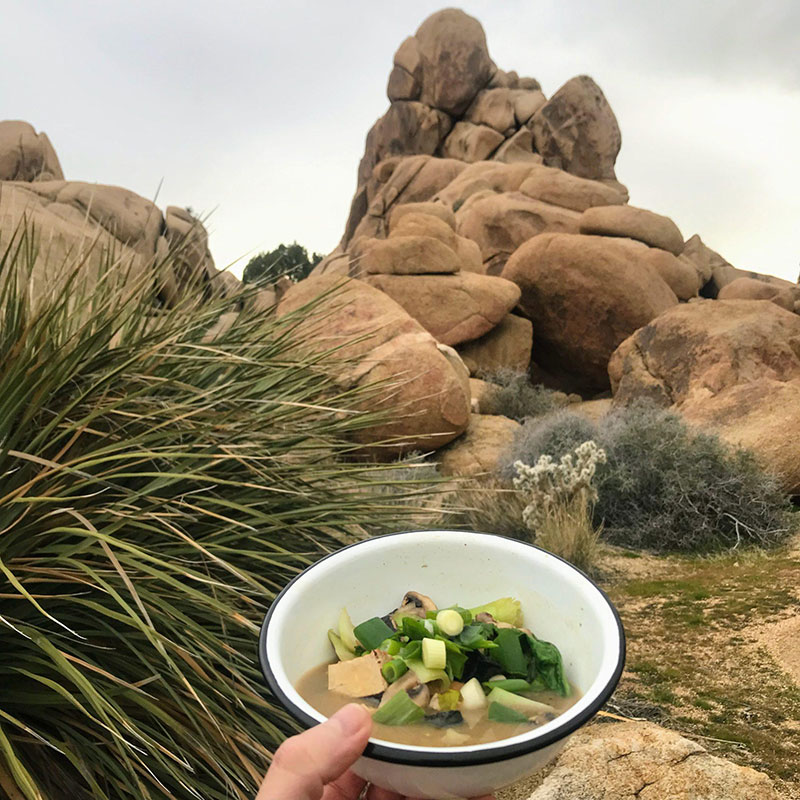
Which veggies to target:
- Variety of fresh green vegetables.
- Anything green.
Snap peas, broccoli, greens and kale, bell peppers, brussel sprouts and more are all extremely sturdy and can last longer than you think away from refrigeration, with many lasting for 3-5 days with minimal issue. These are great for building Keto camp recipes. Avocados are a great option to pack along for shorter trips. Also, look to cauliflower rice as a substitute for starchy rice.
Ingredients to pack:
- Coconut Oil
- Ghee (clarified butter)
- Olive Oil
- Coconut milk powder
- Mayonnaise packets
- Mustard packets
- Precooked bacon
- Packaged chicken
- ry salami
- Summer sausage
- Country ham
- Smoked salmon/trout
- Sardines
- Cheeses
- Cheese powder
- Parmesan cheese
- Parmesan Crisps
- Plain yogurt powder
- Sour cream powder
- Spice mixes (see above)
- Soy sauce
- Vinegars
- Green veggies (see above)
- Nuts, specifically macadamia
Check out other great low-carb options in the recipe bank.
Thanks for coming along for my dietary journey. I enjoyed the experiment to see how my body reacted as well as exploring some different recipes with a different and limited panty. Keto can be a great option for you but it does take some very focused and dedicated meal planning inside or outside and a large amount of willpower as there are A LOT of tasty options knocking on your door that don’t help you stay on plan.
Recipe Cards
However you’re eating…get out there! Here are some of the recipe cards from the recipes I have referred to above. Download and print them off!
